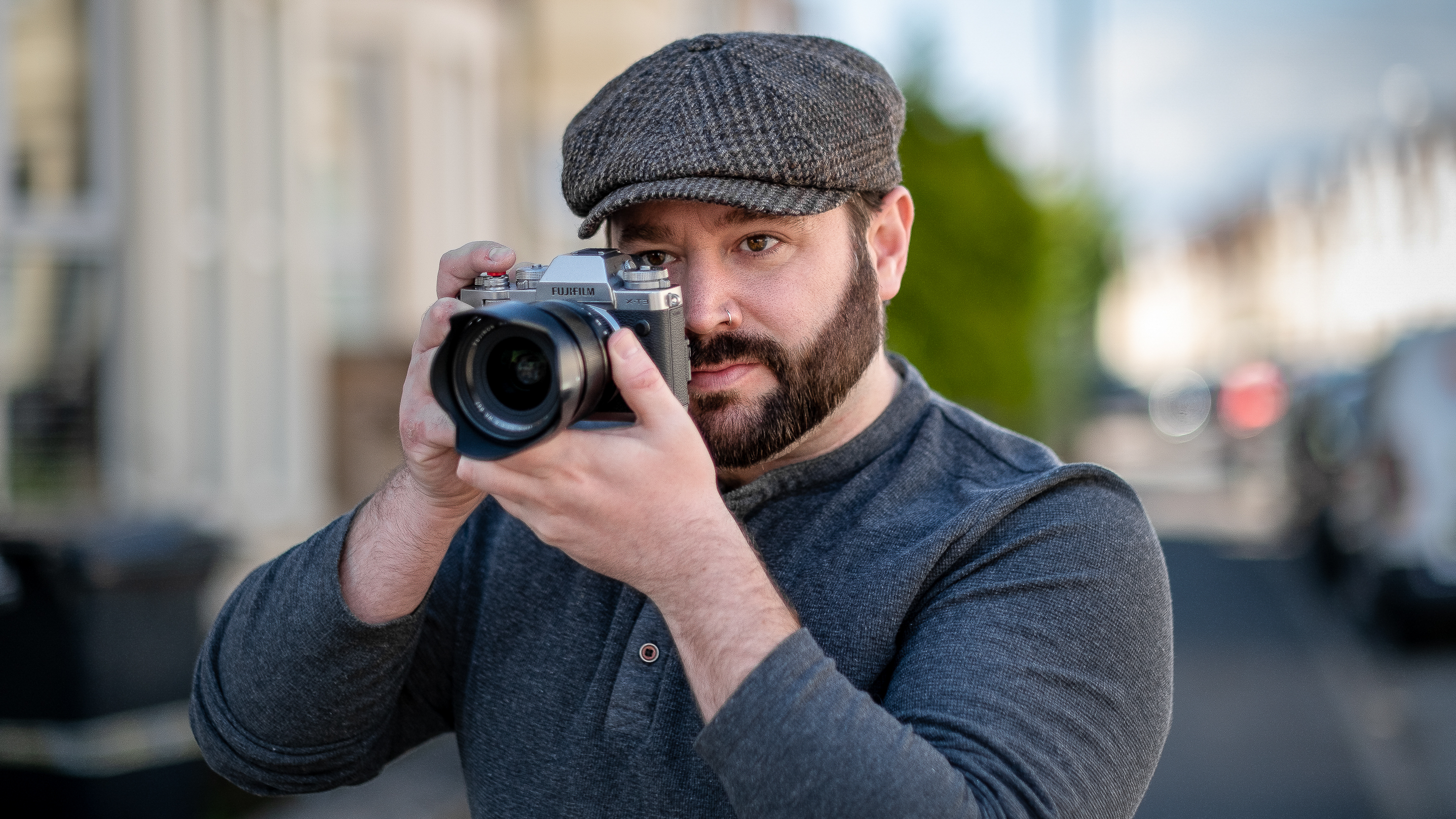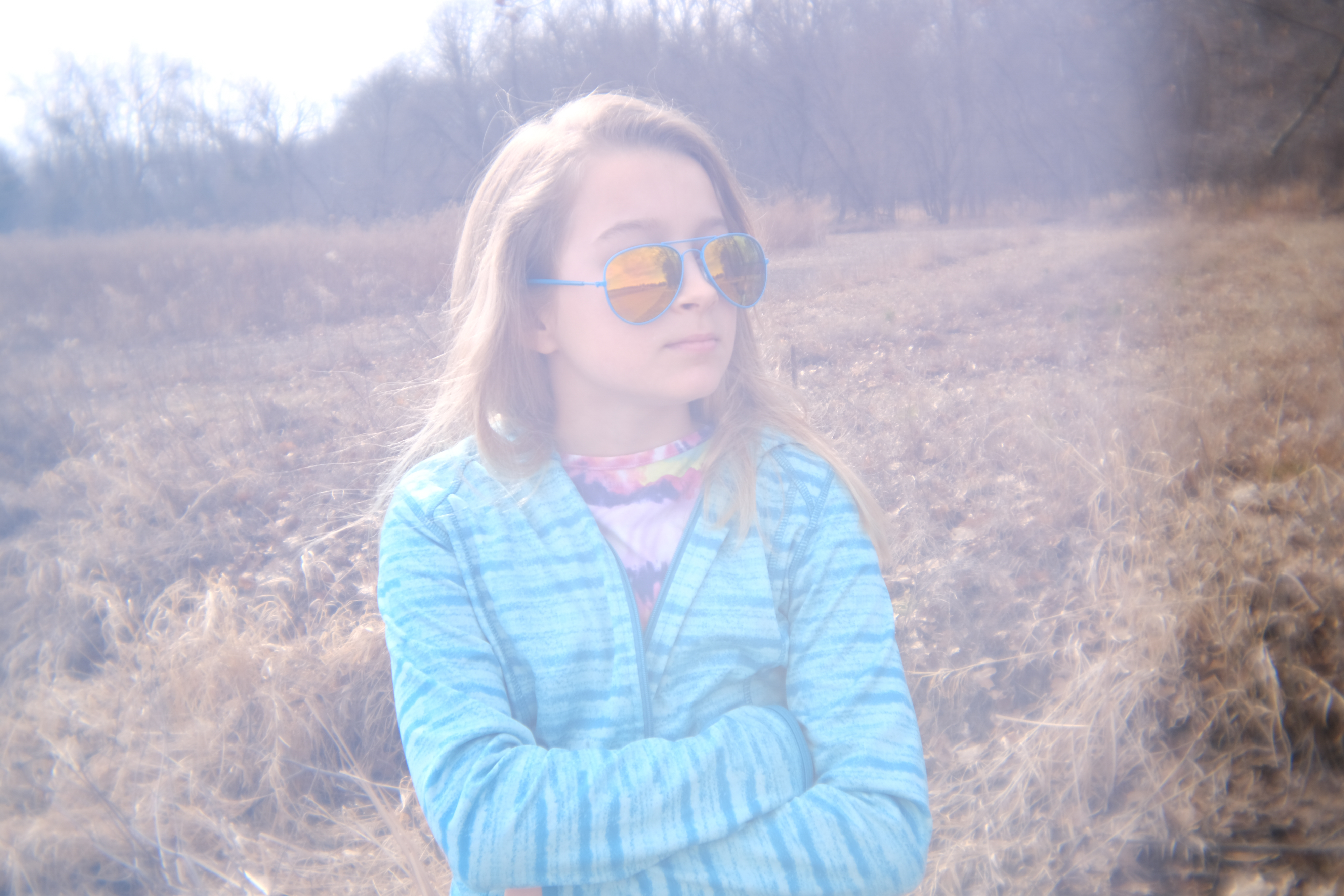New book showcases shift towards street photography shot by women
Women Street Photographers is a compelling collection of contemporary images captured around the world
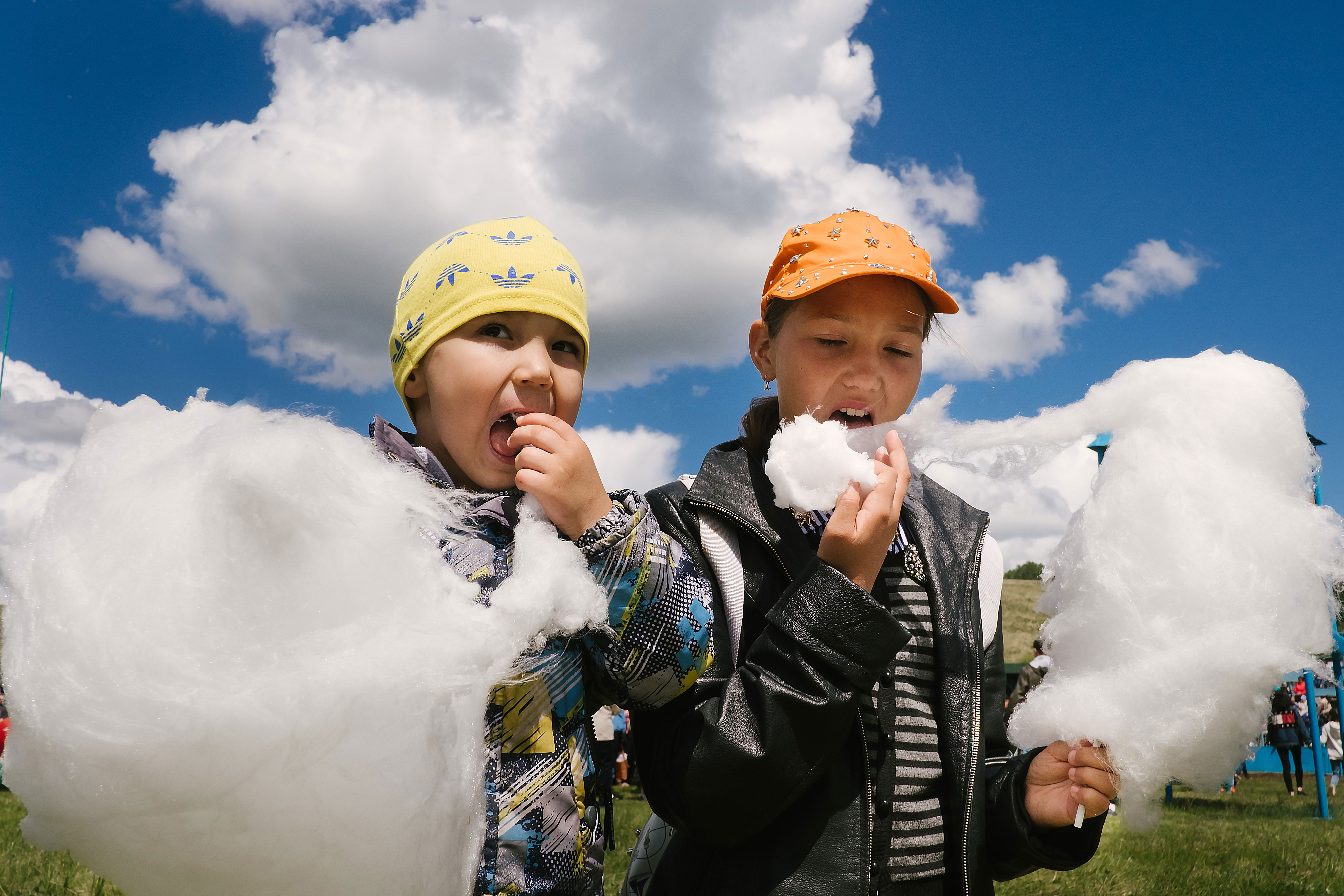
Once a male-dominated field, street photography is increasingly becoming the domain of women, and this new book captures that shift.
Curated by Gulnara Samoilova, founder of the Women Street Photographers project – a website, social media platform and annual exhibition – this collection of images showcases the work of 100 contemporary female street photographers.
Running to 224 pages with 110 color illustrations, Women Street Photographers features a foreword from Ami Vitale and an introductory essay from Melissa Breyer.
Ahead of its publication this month, we caught up with Gulnara to find out more about her, street photography and the Women Street Photographers project.
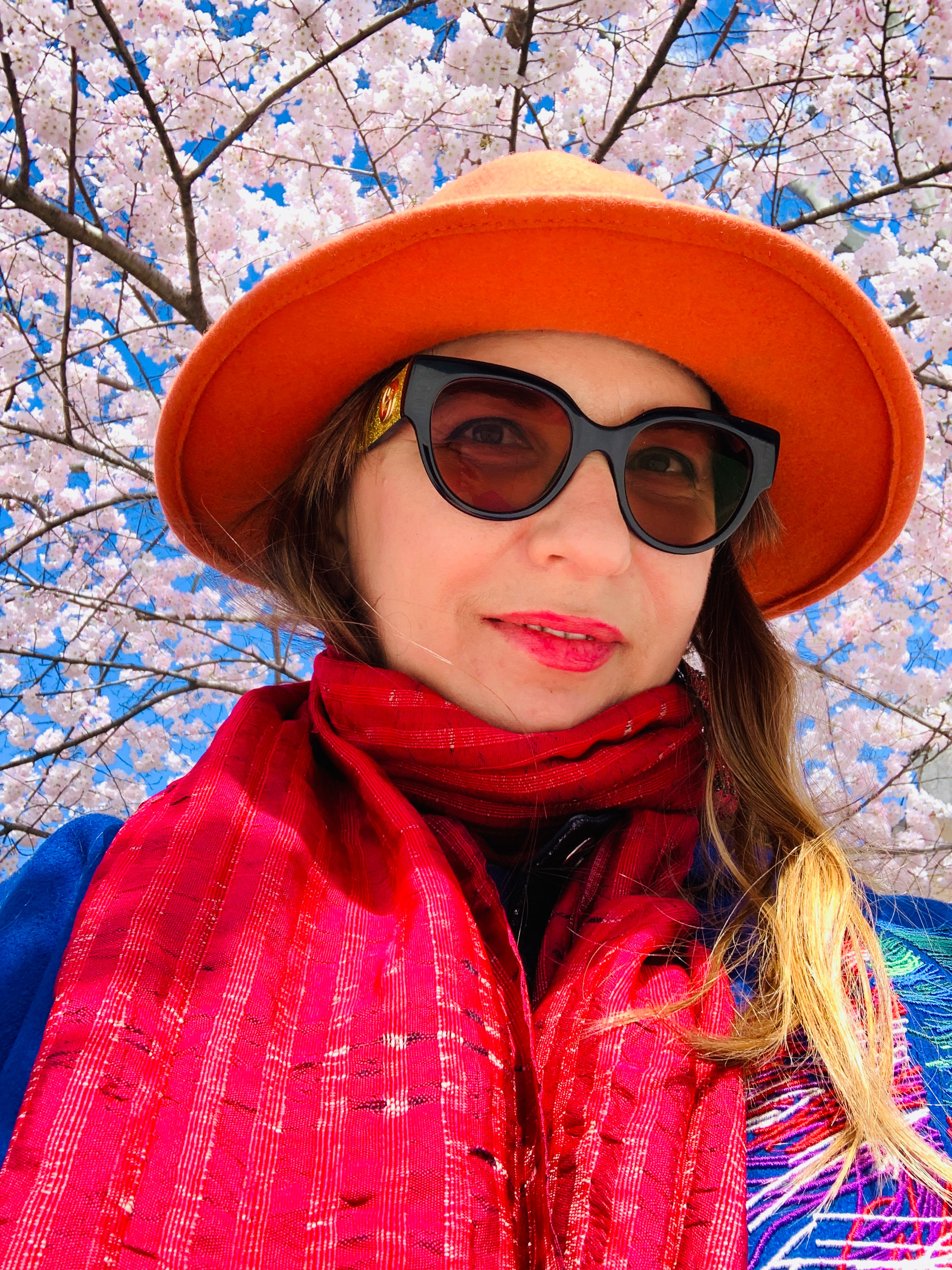
When did you first discover a love for photography?
Growing up in extreme rural poverty in the city of Ufa, located in the republic of Bashkortostan, Russia, I didn’t have much familial support. I learned to rely on myself.
I got into photography in high school when I was 15. When I saw a picture developing in the darkroom, I fell in love. It was magical!
Photography became a way for me to escape the confines of an extremely patriarchal society, both literally and figuratively.
Get the Digital Camera World Newsletter
The best camera deals, reviews, product advice, and unmissable photography news, direct to your inbox!
I became a member of a fine art photo union, took a trip for international photographers and was included in a travelling exhibition across the US.
I realised that photography was a way out. After the collapse of the Soviet Union, I moved to New York City in 1992 to study photography at the International Center of Photography.
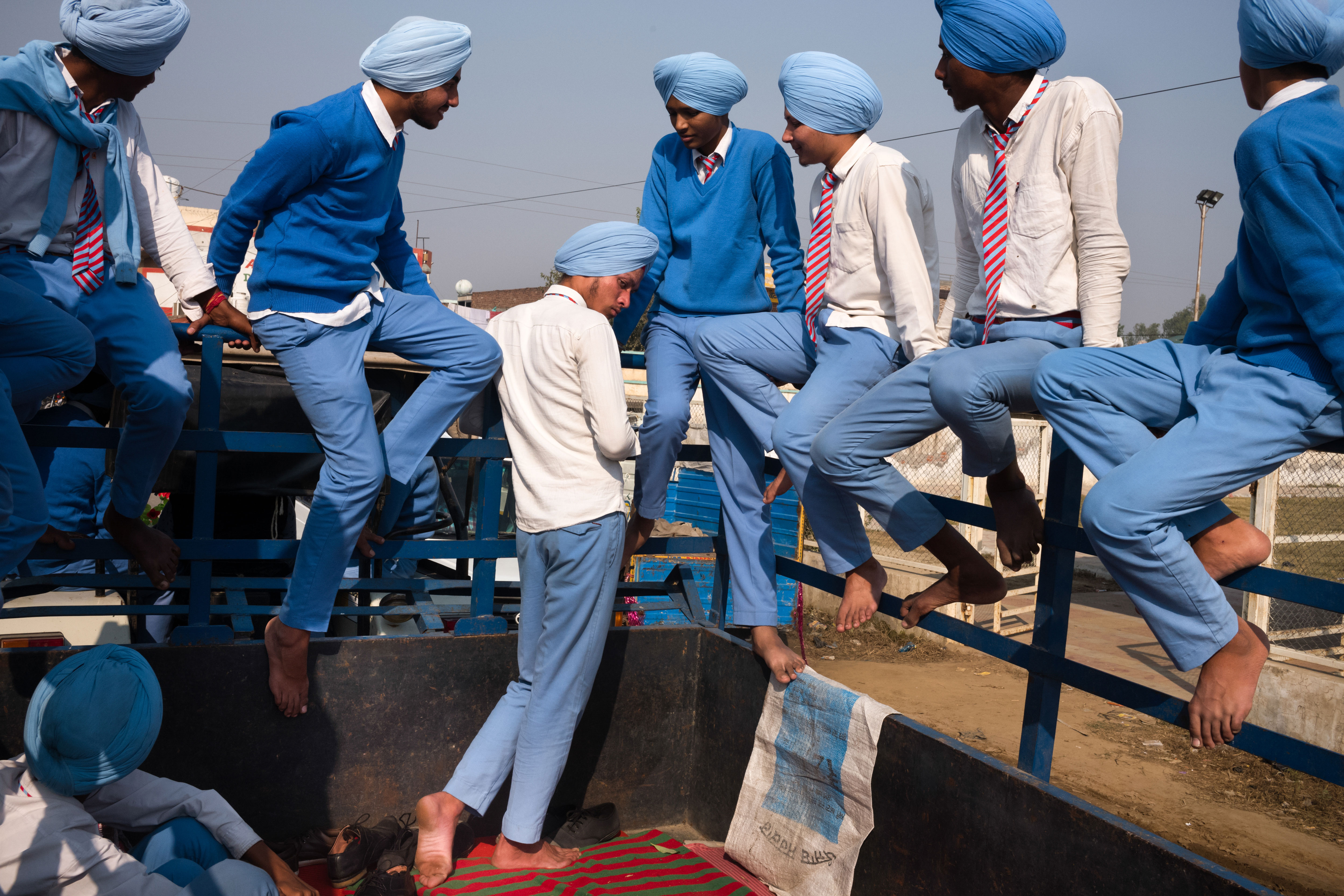
Why do you think street photography is such a primary genre for so many people?
With digital photography, it has become more affordable, accessible and easier than ever before.
In the past photography was costly, time consuming and cumbersome – now you can literally pull your phone out of your pocket and make pictures anywhere you are. You can edit them, share them, post them and send them around the world in seconds.
I think people love street photography because it’s fun. We all walk around seeing amazing, crazy, beautiful things flash before our eyes. Street photography allows us to preserve these striking, poignant, funny, fleeting moments of life.
Also, as anyone who has ever made a street photography image knows, it may be fun, but it’s not easy. It takes a lot of work. You have to be present, be patient, be observant, and then be quick on the draw.
Making a good street photograph is an incredible skill, and one worth mastering. It takes time and dedication.
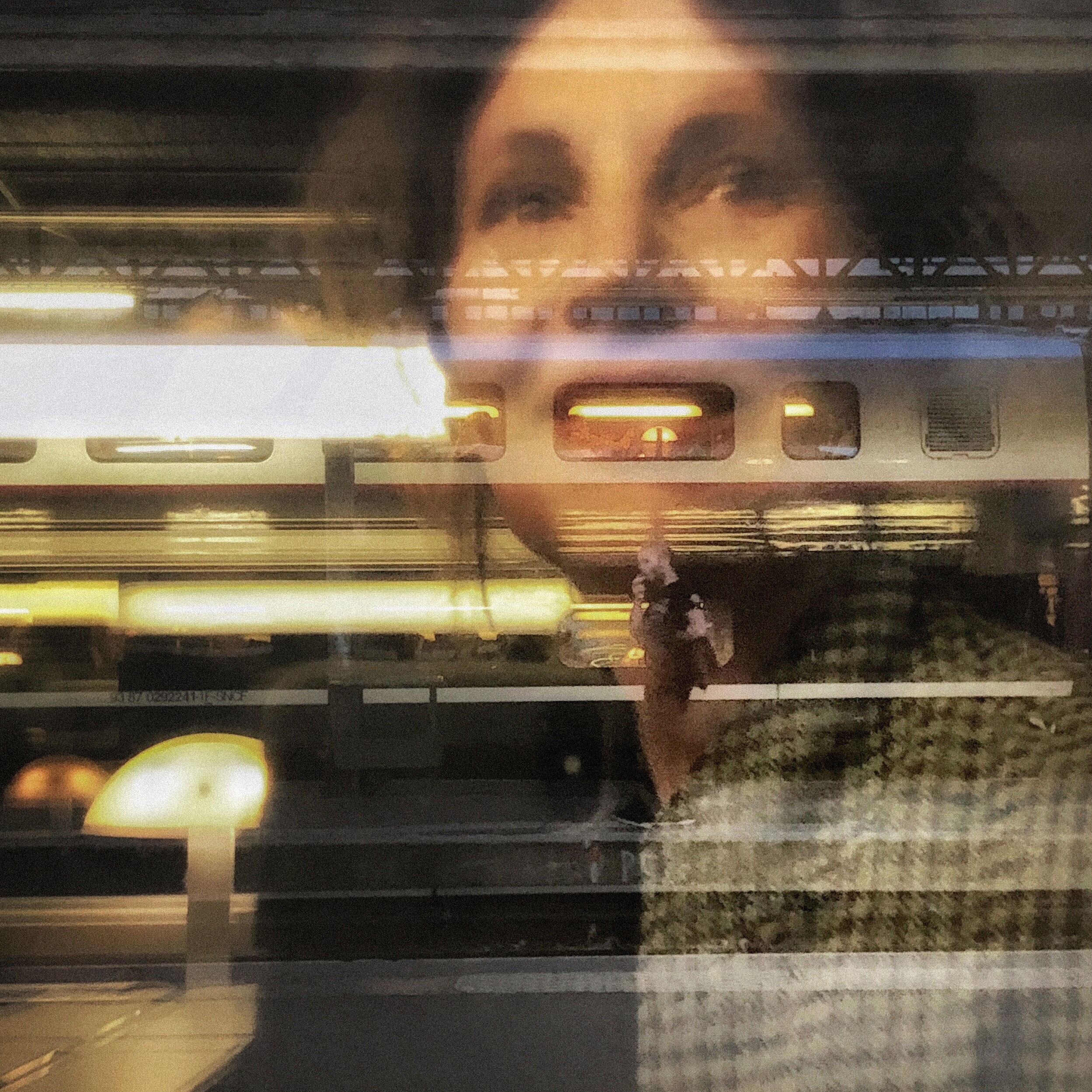
Curating images from 31 countries, did you see any noticeable differences in style or technique between different nationalities of photographers?
I am a big fan of Turkish, Iranian, and Russian female photographers. Their photographs are poetic. I see so much fluidity and layers.
European photographers are different because they cannot take pictures of people’s faces due to new laws, so I see different kinds of street photography originating there.
Middle Eastern photographers also do not photograph a lot of faces but they play with light and shadow in a very subtle way; I’m a big fan.
What are the main ingredients to a powerful photograph?
When I look at an image, I’m looking for a moment, and moment trumps everything to me.
If you have an amazing moment but maybe a weaker composition and the lighting is boring, it’s still great. If there is fantastic lighting and great composition but no moment then it’s a weak photograph.
You achieve powerful photography with a powerful moment, well composed and lit. That’s the trifecta.
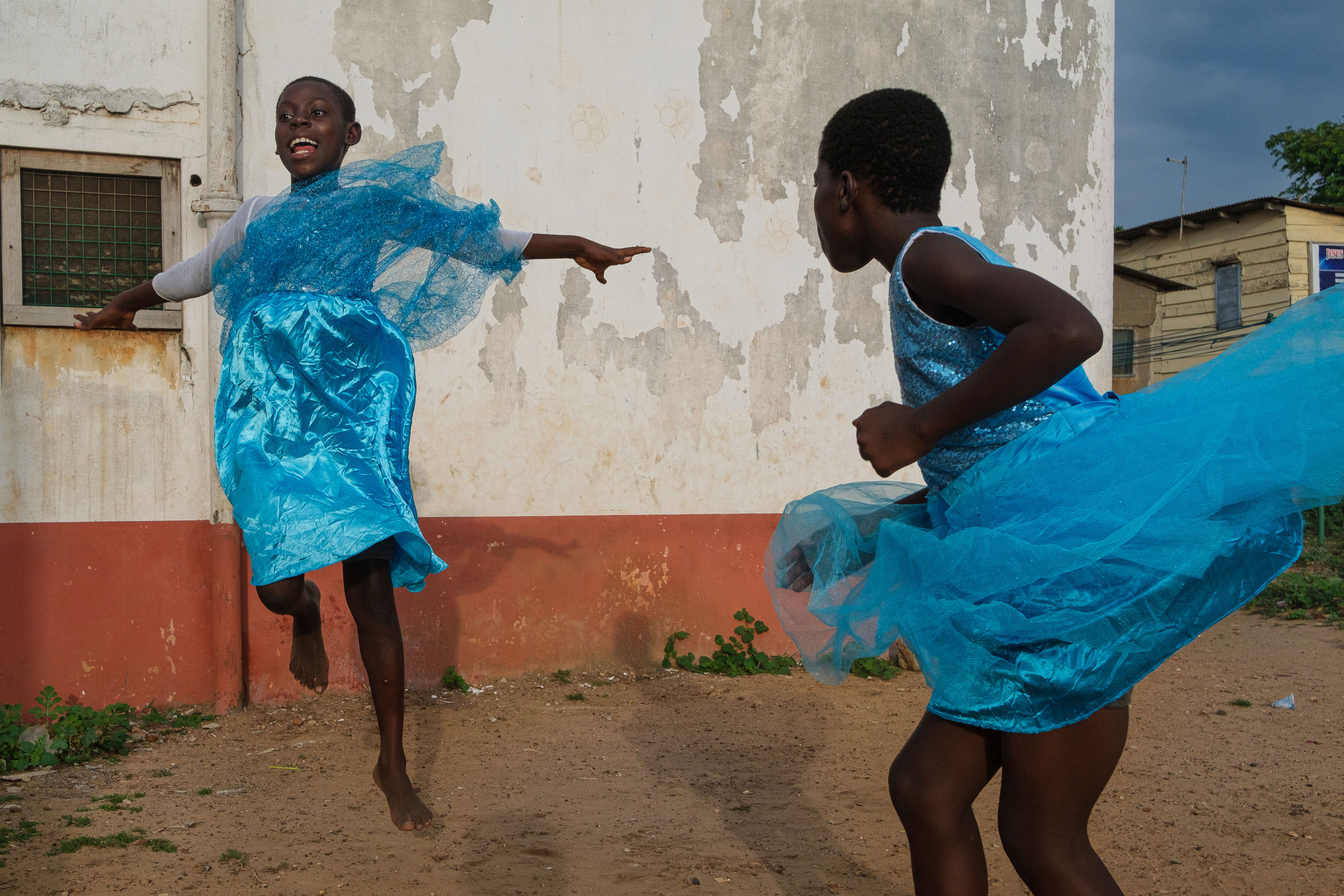
What would you say are the pros of colour or black and white documentary photography?
When I took Mary Ellen Mark’s last workshop in 2015, I showed her my colour photographs from Cuba.
I was so happy: it was my first trip to Cuba, and I had decided to be a street photographer. I thought I nailed it so I proudly put my pictures on the table.
She looked at them and asked, “Why are they all in colour? I wrote down what she told me next: “If colour doesn’t add to the content, it doesn’t work.”
I think about what she said all the time. When I am looking at my photographs, I convert them to black and white unless there are amazing colours.
Black and white photography is powerful because it takes away from the noise of colour, and makes us focus on the content. It’s not just documentary photography. It could apply to all photography.
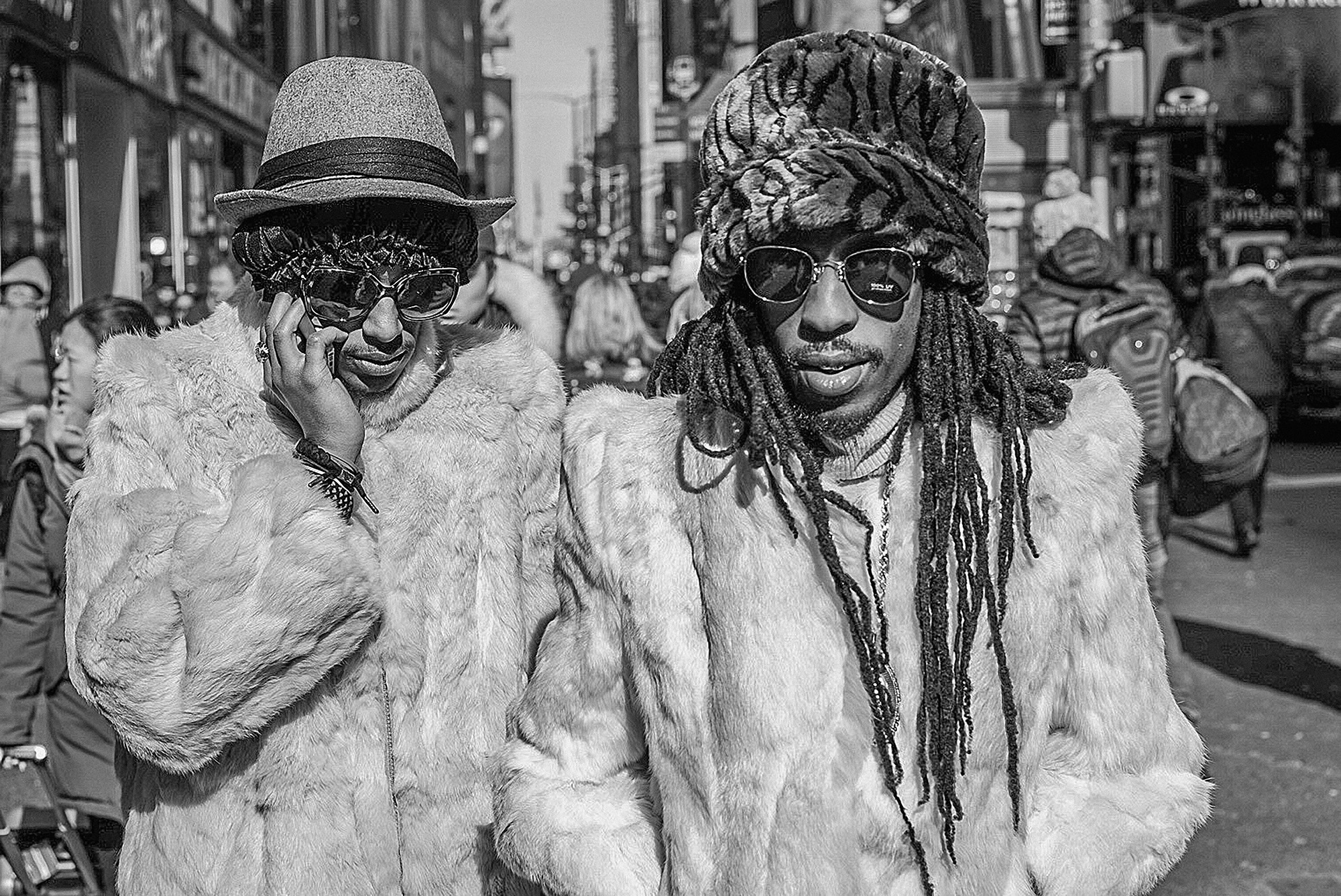
If you could spend six months in one place to create a documentary photography project, where would it be?
My first thought was that I would like to spend six months in Bashkortostan, but no. It’s too cold!
What I would love to do is work on my new series of hand-painted collage photographs called “Found Family,” which is a companion to my ongoing series, “Lost Family.”
I don’t have any living family; it’s just me. I started “Lost Family” after discovering my mother had a brother I never knew about. I started collaging pictures I made of strangers with archival photographs of my family then adding a layer of handpainted flowers, which is my signature because my name, Gulnara, means “a flower of pomegranate” in Arabic and my mother’s name was Rose.
The inspiration for “Found Family” came after I did my DNA test, which went eight generations back. I’d like to visit all the countries in my DNA – Finland, Mongolia, Siberia, Turkey, and England – and make photographs of the people living there.
Then I will collage photographs of myself into the work and paint flowers to create these fantastical “family” photographs that allow me to connect the past, present, and future in a way that straight photography could never do.
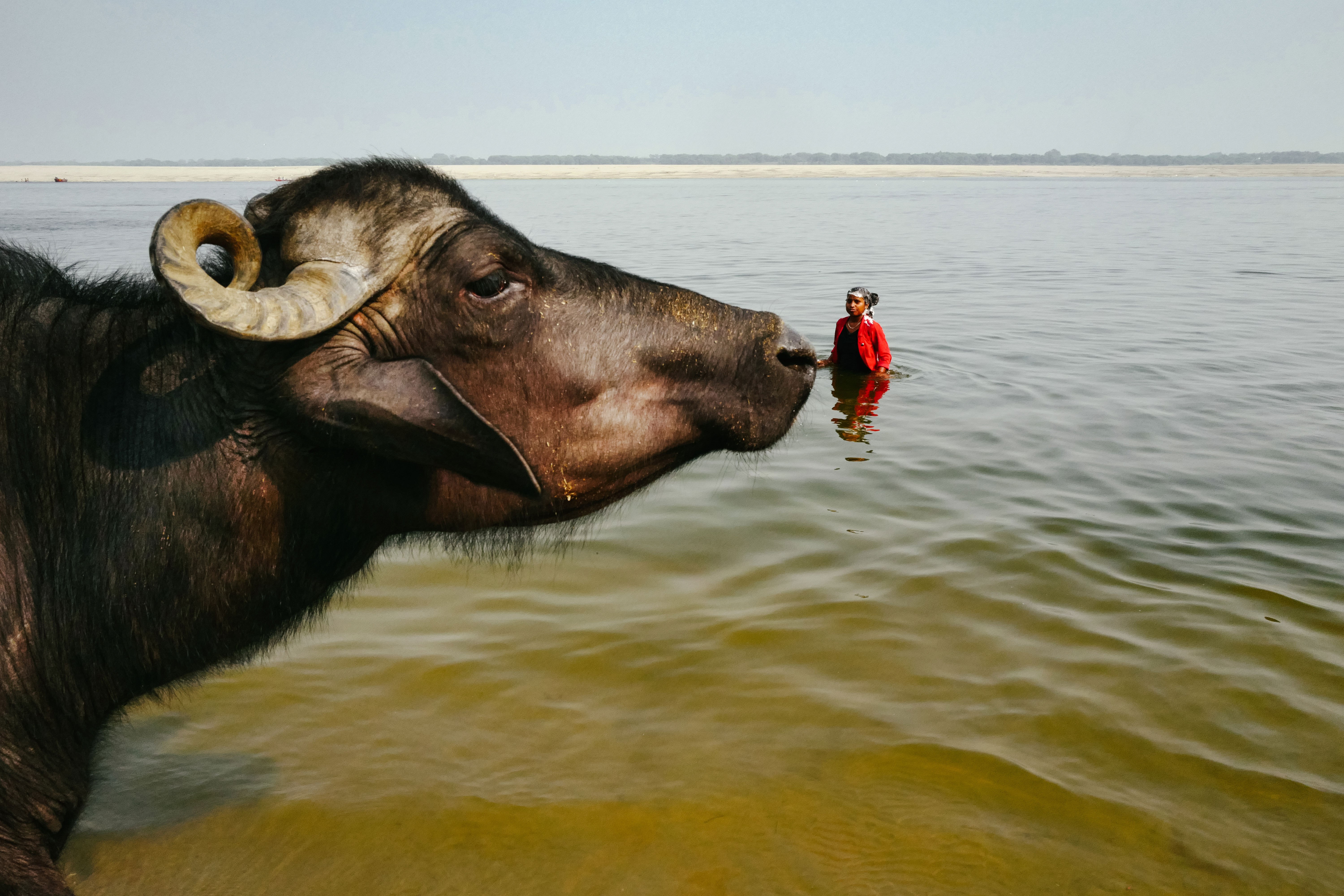
If you could only take out one single lens for a day what would it be?
A 28mm. This is the only lens I had for the last several years because this lens gives me a comfortable distance from people that feels intimate yet I’m not in their face.
Now with the pandemic, I have to stay away from people so I switched to a 35mm because 28mm feels like I am too far away. When I went to Russia in January, I didn’t even take out my 28mm. I was shooting with a 35mm.
How do you feel women may approach photography differently to men?
Women have a slightly different approach because they connect with their subjects in a more emotional way.
We can be seen as less threatening and more friendly than male photographers. Men often carry a lot of equipment and approach people quickly; people can get scared.
People read other people: how you look, how you behave, and how you present yourself – and that’s where we are different. Women walk more softly, we have smaller cameras, we might have a purse hanging. The subjects may trust us more because we are female.
It comes from the idea that women are non-threatening, or that we’re not professional photographers, and if we take a picture it may not end up anywhere.
That may be why it’s easier for us to take pictures of children. Many men I have spoken to have stopped taking pictures of children.
Women Street Photographers is out now
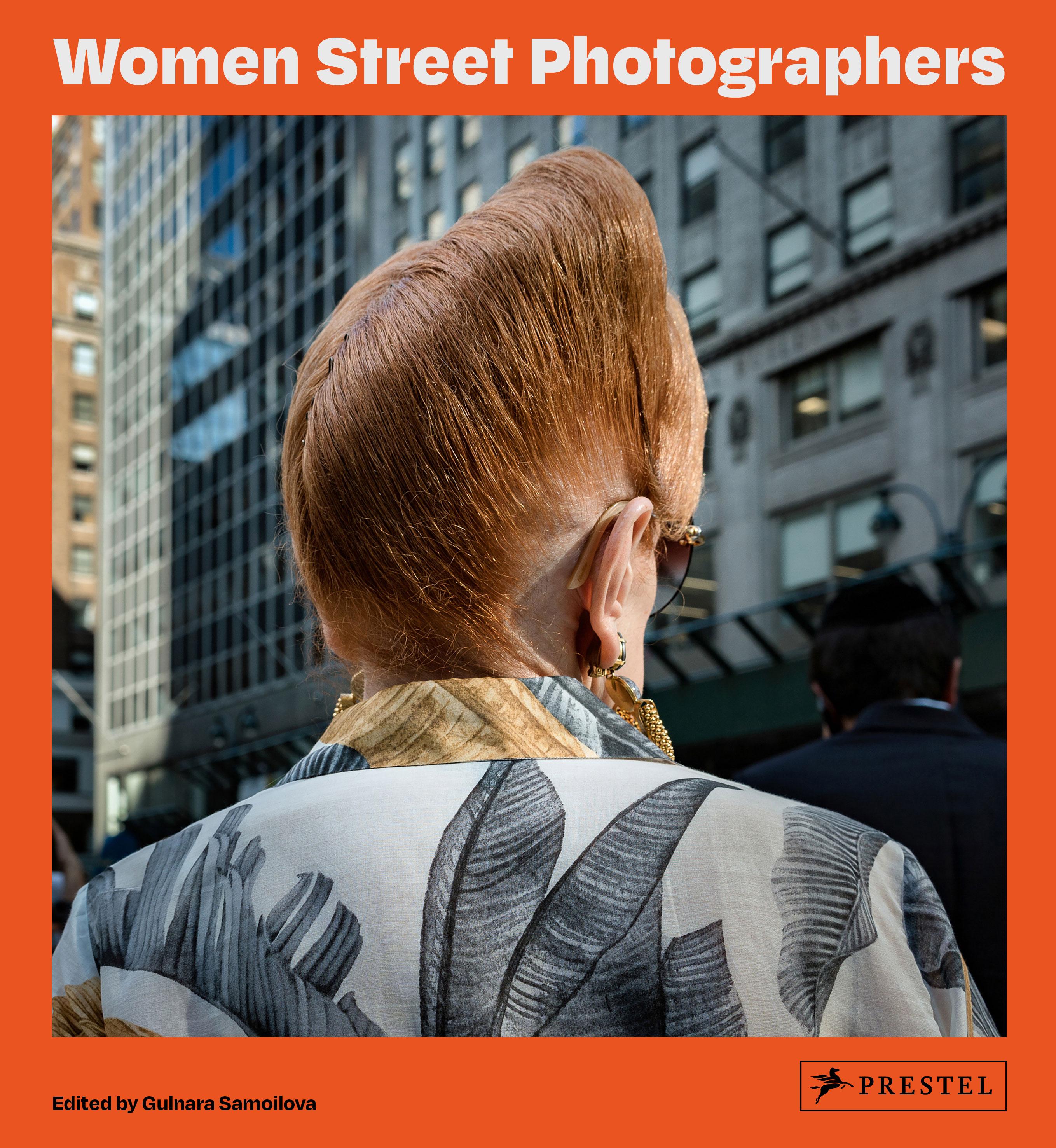
Women Street Photographers is published by Prestel for £24.99/$35. ISBN: 978379137823.
Read more
Best books on street photography
Best lens for street photography
Alistair is the Features Editor of Digital Camera magazine, and has worked as a professional photographer and video producer.
